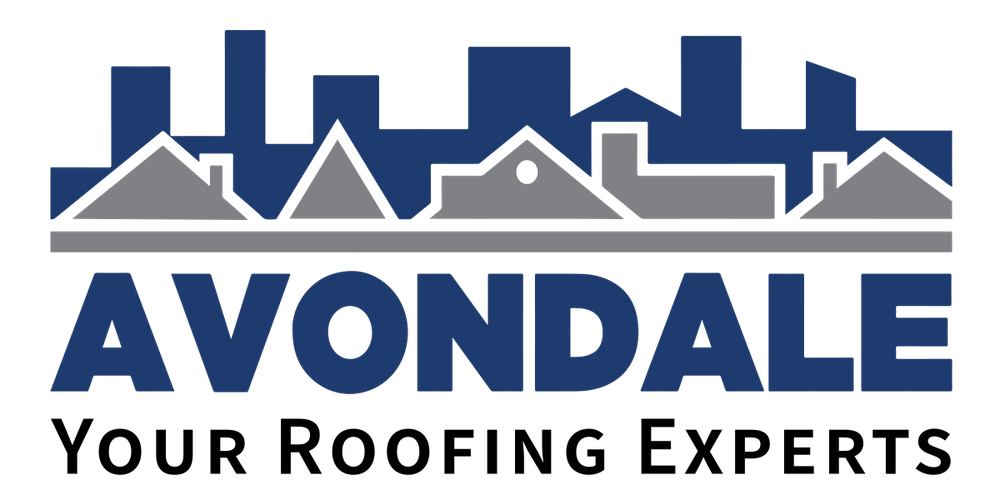DIY Roof Repair: How to Fix a Damaged Roof
Learn how to repair your roof with these DIY steps. Replace shingles, seal leaks, and fix minor roof damage easily. Perfect for homeowners!
Dealing with a damaged roof can feel intimidating, but you don't always need to call a professional for every repair. Many minor roof issues, such as loose shingles or small leaks, can be resolved on your own with the right tools and techniques. A DIY roof repair not only saves money but also helps you understand your roof's condition better.
This guide will walk you through key steps for repairing your roof yourself, from assessing the damage to fixing shingles and sealing leaks. While DIY fixes are great for minor issues, remember that larger repairs require professional expertise.
If you're unsure whether to tackle a repair yourself, check out our post on DIY Roofing Replacement vs. Professional Roof Replacement for guidance on when to call in the pros.
Why Should You Consider DIY Roof Repair?
Sometimes roof damage doesn’t require an urgent call to a contractor. Addressing small problems yourself can offer several benefits:
Cost Savings: You can save on labor fees by handling basic repairs.
Immediate Attention: Quickly addressing minor damage can prevent it from escalating into larger, costlier problems.
Learning Experience: DIY roof repair empowers you with new skills and knowledge about your roof’s components.
However, proceed with caution. Complex or large-scale roof issues are best left to professional contractors.
Step-by-Step Guide to DIY Roof Repair
Follow this step-by-step guide to perform a simple yet effective DIY roof repair.
1. Assess the Damage
Before starting, it’s essential to determine the extent and type of roof damage.
Inspect Safely:
Use a sturdy ladder and have someone hold it steady.
Wear rubber-soled shoes for better traction.
Avoid working on the roof during wet or windy conditions.
What to Look For:
Missing, loose, or damaged shingles.
Cracks in flashing (the metal around chimneys, vents, and skylights).
Signs of water leakage inside your home, such as stained ceilings or mold growth.
Tip: If you don’t feel comfortable climbing onto your roof, start with a visual inspection using binoculars or a drone.
2. Gather Your Tools and Materials
Having the right materials is crucial for an effective repair. You’ll need:
Tools Needed:
Ladder
Pry bar or flatbar
Hammer
Roofing nails
Utility knife or tin snips
Tape measure
Roofing sealant or caulk
Chalk line for alignment
Materials Required:
Replacement shingles (match the style and color as closely as possible).
Roofing felt or underlayment (optional, for additional protection).
Flashing material (if repairs involve vents or chimneys).
3. Replace Missing or Damaged Shingles
Replacing shingles is one of the most common DIY roof repairs and a great way to learn the basics of roofing.
Remove the Damaged Shingle:
Use a pry bar to lift the damaged shingle and remove the nails.
Slide out the old shingle carefully to avoid damaging the surrounding shingles.
Install the New Shingle:
Cut the replacement shingle to match the size of the damaged one, ensuring proper fit.
Slide the new shingle into place and nail it along the designated nail strip.
Apply roofing sealant to the nail heads and edges for added waterproofing.
Check Your Work:
Ensure the repaired area blends seamlessly with the rest of the roof.
4. Seal Roof Leaks and Small Holes
Leaks are a homeowner’s biggest frustration, but minor ones can often be fixed with sealant.
Locate the Leak:
Check the roof decking for water trails.
Inspect skylights, chimneys, and vents for gaps in the flashing.
Apply Roofing Sealant:
Clean the affected area and dry it completely before application.
Fill cracks, holes, or gaps with a high-quality roofing sealant using a caulking gun.
Allow the sealant to dry thoroughly.
Bonus Tip: Use a garden hose to simulate rain and test your repair for any lingering leaks.
5. Repair or Replace Damaged Flashing
Flashing is vital for directing water away from vulnerable areas of your roof. Damaged flashing around chimneys, skylights, or vents should be replaced promptly.
Remove the Old Flashing:
Carefully loosen and remove the old flashing using a pry bar.
Clean the area of any leftover nails or adhesive.
Install the New Flashing:
Cut a new piece of flashing to size and shape it appropriately.
Nail it securely into place, ensuring water cannot seep beneath it.
Seal the edges with roofing cement or adhesive for watertight protection.
6. Prevent Future Roof Damage
Repairing a roof is only part of the equation. Proactive roofing maintenance can help you avoid future issues.
Inspect Regularly:
Check your roof at least twice a year and after severe storms.
Clean Gutters and Downspouts:
Clear debris to prevent water buildup that could damage your roof.
Trim Nearby Trees:
Overhanging branches can break during bad weather and damage your shingles.
When to Call a Professional
Sometimes, roof repairs go beyond the scope of DIY. Situations like widespread shingle damage, sagging roofs, or leaks requiring underlayment replacement are best left to experienced roofing contractors.
For major repairs or if you’re unsure of your abilities, contacting professionals can save you time, money, and unnecessary stress.
Avondale Roofing offers reliable and professional roof repair services in Wisconsin and Illinois. From minor fixes to major overhauls, we ensure your home is protected and secure.
Final Thoughts
By following these practical steps, DIY roof repair becomes a manageable and rewarding project for homeowners. However, always prioritize safety and know when a task exceeds your skill level. Whether it’s replacing shingles or fixing leaks, proper roof maintenance protects your home and saves you money.
Need expert help? Contact Avondale Roofing in Wisconsin and Illinois. Our professional team is ready to handle all your roof repair needs, ensuring your home remains safe and secure. Schedule your free roof inspection today!

